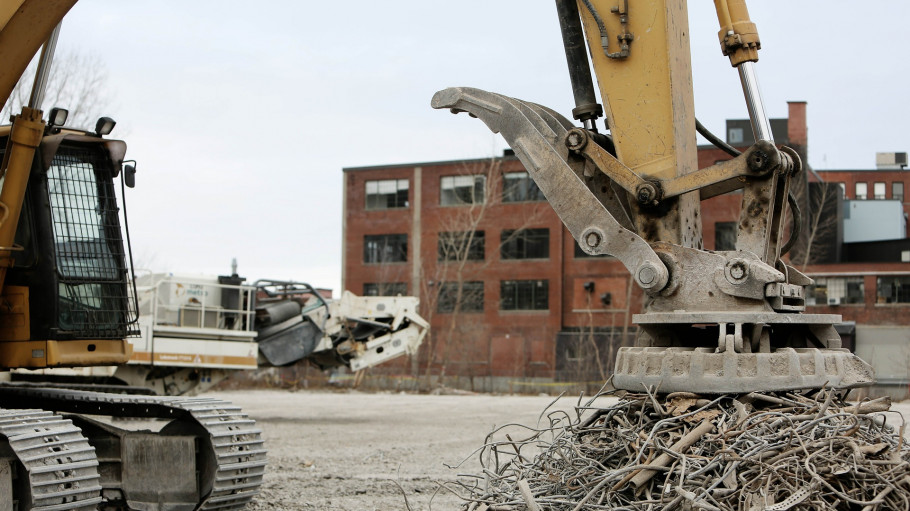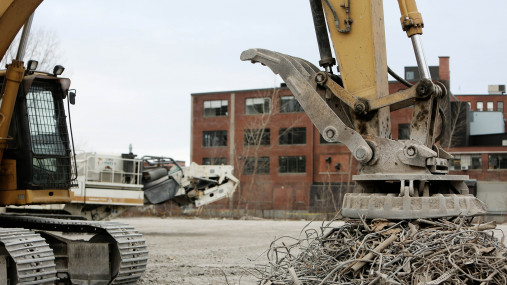
Publications » Reference documents » Using the standard EN 19694-2 and appropriate thresholds for the use of scrap for an EU Taxonomy fit for purpose
Using the standard EN 19694-2 and appropriate thresholds for the use of scrap for an EU Taxonomy fit for purpose
Downloads and links
Recent updates

This short paper summarises our proposal for the use of the EN 19694-2 in place of the ETS benchmarks and the modification of the scrap eligibility criteria for the EU Taxonomy. EUROFER has provided a more detailed position in its contribution to the inception impact assessment on the EU taxonomy.
EN 19694-2 in place of ETS benchmarks
The steel value chain is a complex system of interconnected processes producing steel essentially via 2 complementary process routes:
We would like to reiterate that, in order to understand and assess/evaluate the environmental impact of activities of the steel industry, the entire life cycle needs to be taken into consideration, this in line with Article 19 (g) of the regulation. As part of a life cycle approach, it is key to assess the performance along the entire steel value chain, including all inter-connected steelmaking processes, in order to have consistent data and avoid misleading results which would compromise the existence of sustainable steel value chains in Europe.
This paper was updated on 21 October 2020.

Download this publication or visit associated links
Strasbourg, 17 December 2025 – The European Commission’s latest proposals on the Carbon Border Adjustment Mechanism (CBAM), unveiled today, correctly identify several loopholes that risk undermining its effectiveness, notably regarding EU exports, downstream sectors and circumvention practices. However, despite these laudable efforts, the measures put forward fail to deliver a comprehensive and durable response to carbon and jobs leakage, warns the European Steel Association (EUROFER).
A milestone occasion to quickly and effectively restore affordable electricity, to relaunch the
decarbonization and strengthen the international competitiveness of the European steel
industry.
Brussels, 02 December 2025 – Unchanged negative conditions – U.S. tariffs and trade disruptions, economic and geopolitical tensions, protracted weak demand and still high energy prices – continue to weigh on the European steel market. EUROFER’s latest Economic and Steel Market Outlook confirms for 2025 another recession in both apparent steel consumption (-0.2%, unchanged) and steel-using sectors (-0.5%, revised from -0.7%). A potential recovery is expected only in 2026 for the Steel Weighted Industrial Production index (SWIP) (+1.8%, stable) and for apparent steel consumption (+3%, slightly revised from +3.1%) – although consumption volumes would still remain well below pre-pandemic levels. Steel imports retained historically high shares (27%), while exports plummeted (-9%) in the first eight months of 2025.